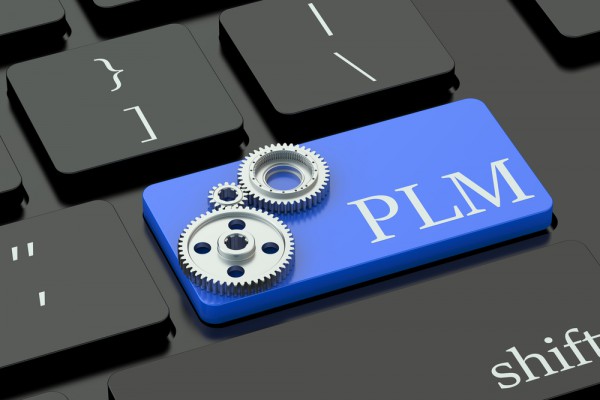
Increase Profitability with Service Lifecycle Management | Teamcenter
As profit margins come under greater pressure, value-add service products have emerged as a source of profitable revenue growth. Clearly, you know the promise of IoT-based service models. But do you have the right tools to take product serviceability to the next performance level?

Upgrade Your Product Serviceability Using Service Integration
Your service organizations have reached an adequate level of performance given your current budget and human resources. Just over the horizon, there’s a significantly higher standard of service delivery that seems just out of reach. Technology-based service models enabled by the internet of things (IoT) hold great promise. However, without the right business and technical context, these models may not deliver the full benefits you expect.
So, what can you do to increase your service revenue potential, and reduce risk of service inefficiencies and asset downtime? Ultimately, optimizing the in-service use of operational assets and achieving business efficiency is the key to unlocking service profitability.
One of the biggest roadblocks to improved service revenue is a disconnect between service planning and service execution. Can you track the physical structure of your assets – not just what the BOM says should be there?
There are key integration strategies that help satisfy the needs of efficient and cost-effective product serviceability. First, look for service engineering solutions that provide complete visibility into your physical asset configurations. This will ensure that your service technicians have the rights skills, the right parts, and the right instructions to perform asset maintenance effectively.
A successful service integration strategy should leverage service lifecycle management solutions delivered on a product lifecycle management (PLM) backbone. This enables workflow, visualization, configuration, change and BOM management, and other core PLM capabilities. Teamcenter Service Lifecycle Management, leverages a digital thread to connect service-related information throughout the product lifecycle. It allows information to flow freely to the other integrated solutions, upstream and downstream.
Learn More About an Integrated Approach to Service Engineering
To improve service and create profitable “asset-as-a-service” business models, your company needs to implement a modern service lifecycle management solution. Service lifecycle management provides service technicians with up-to-date asset configuration information, service materials, and technical documentation needed to perform rapid, right-the-first-time service. As a result, your company can improve utilization of in-service assets throughout their entire operational life. Not only does this extend your product’s life, it also improves customer loyalty, and increases profitability.
Now, your company can be empowered to know what is currently installed on the asset in the field. The physical structure aligns the various BOM items to provide an accurate representation to the field technicians. Catch this virtual seminar to learn how to implement the right service lifecycle management solution.
Catch the virtual Service Lifecycle Management seminar series to learn how to turn product complexity into a competitive advantage.

Don’t hesitate to contact Thanh for advice on automation solutions for CAD / CAM / CAE / PLM / ERP / IT systems exclusively for SMEs.
Luu Phan Thanh (Tyler) Solutions Consultant at PLM Ecosystem Mobile +84 976 099 099
Web www.plmes.io Email tyler.luu@plmes.io
